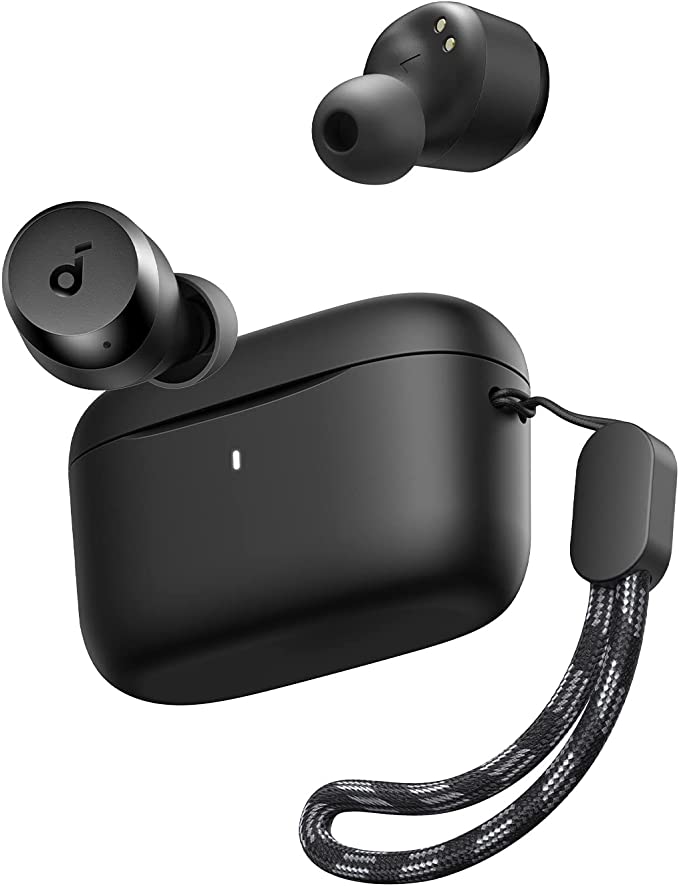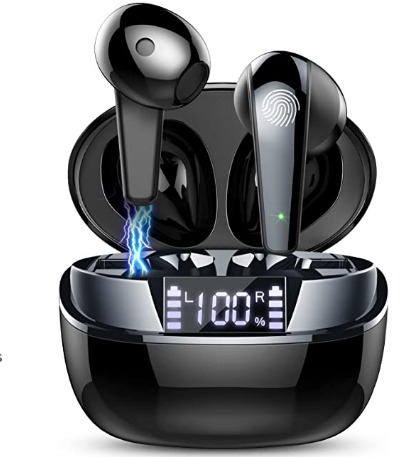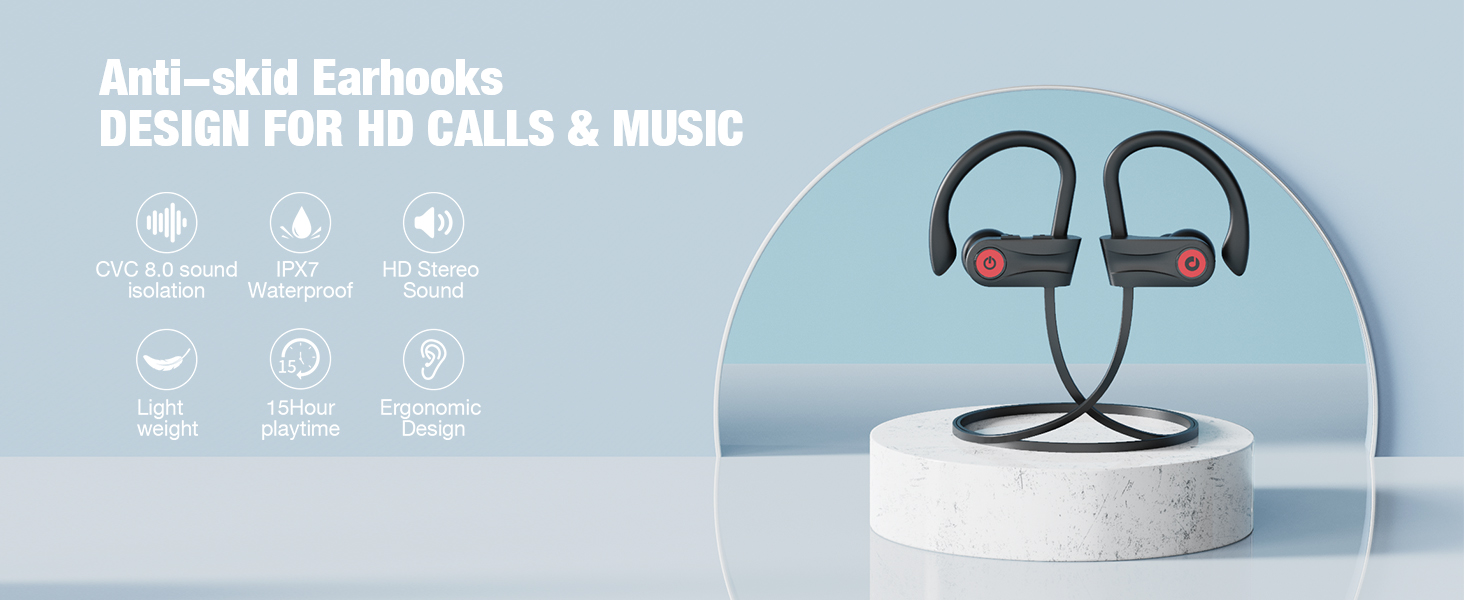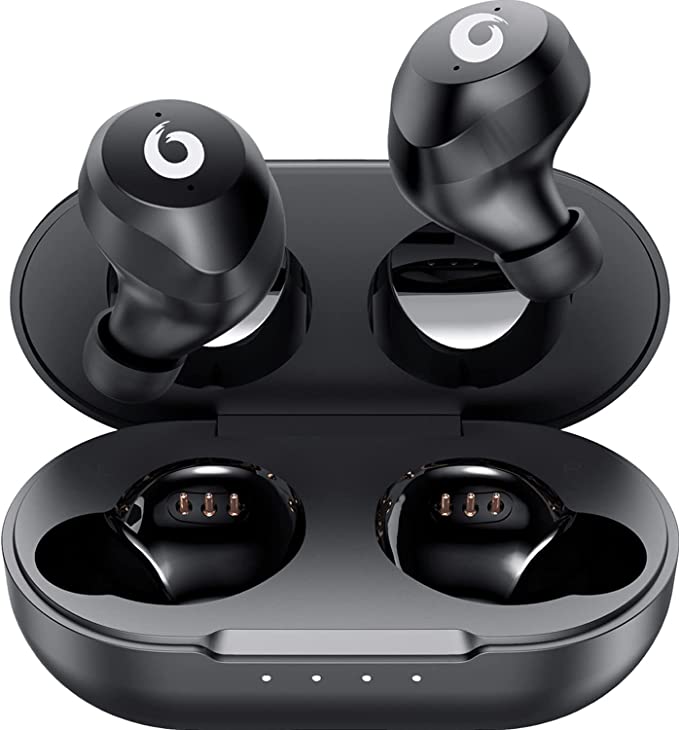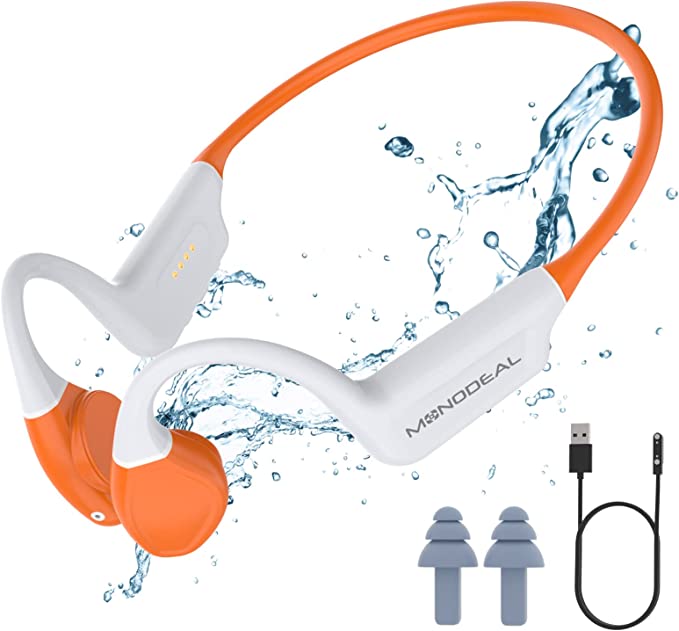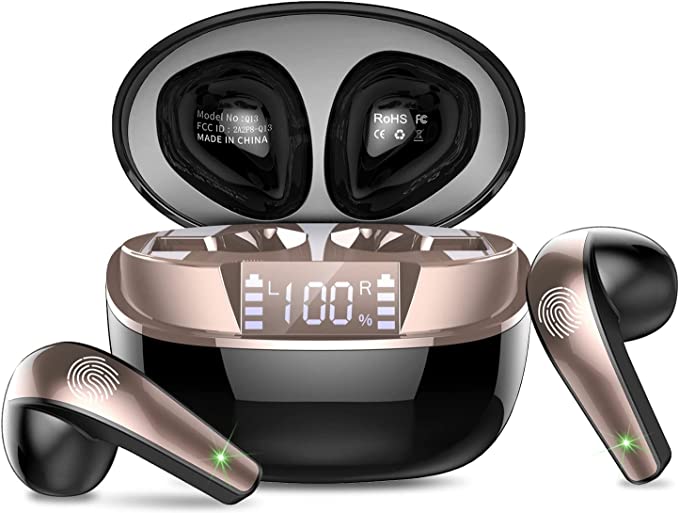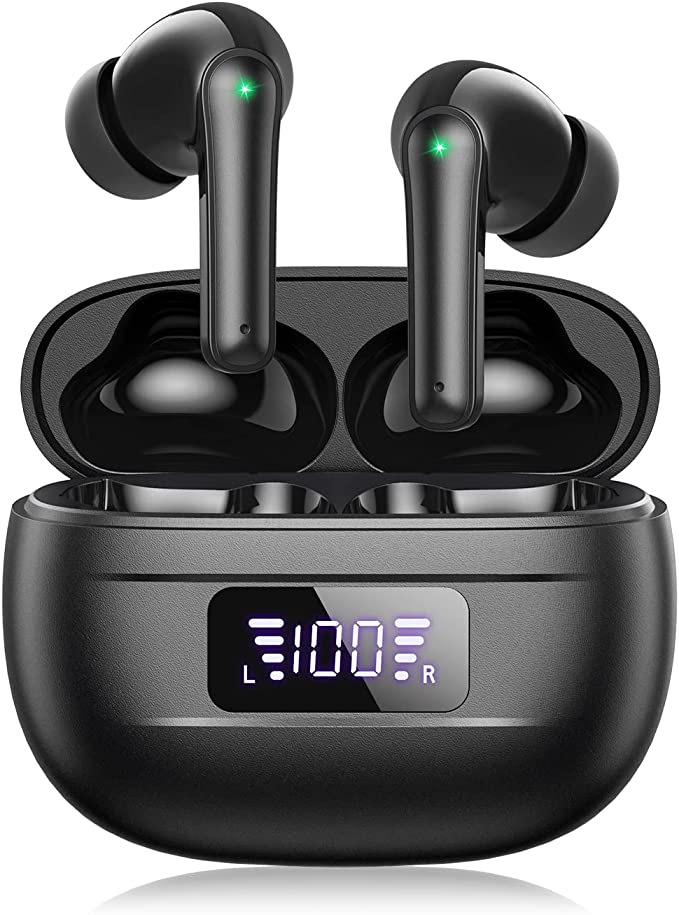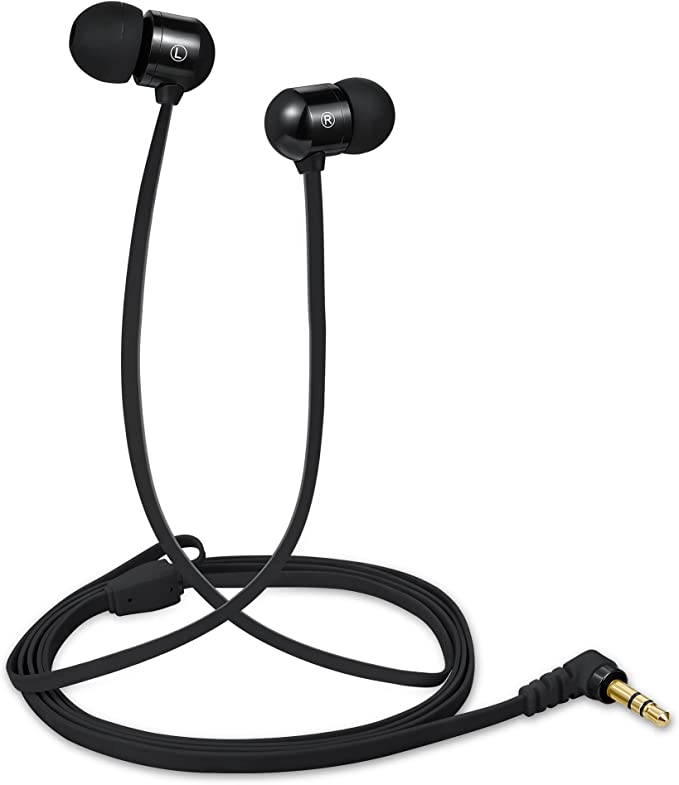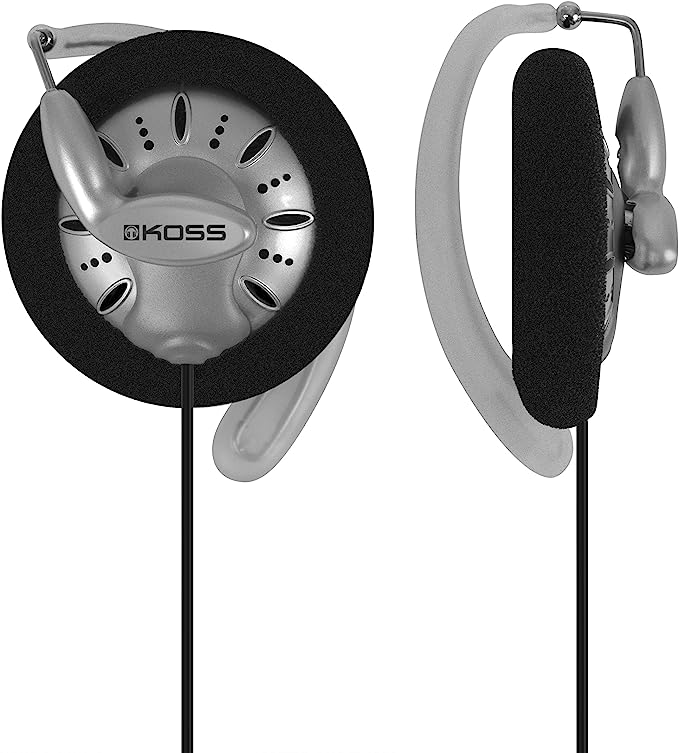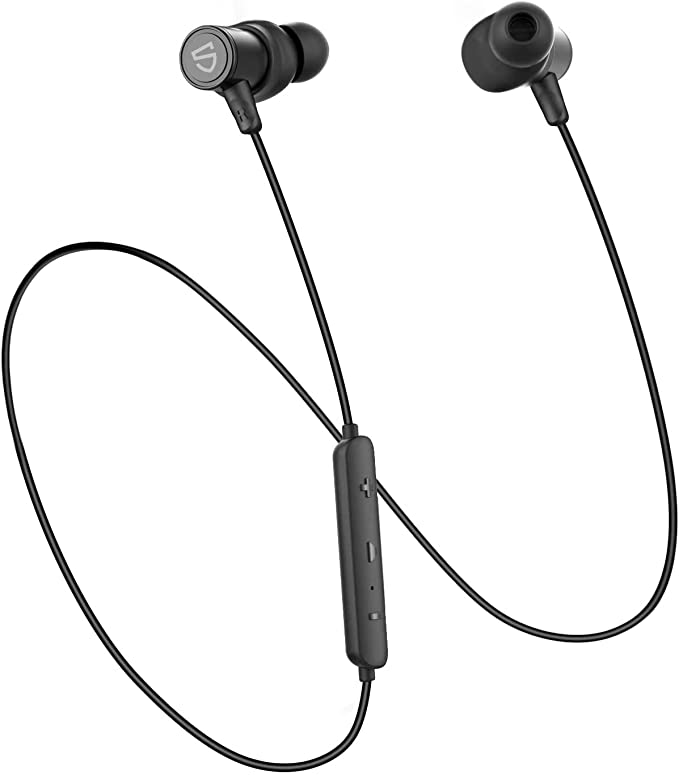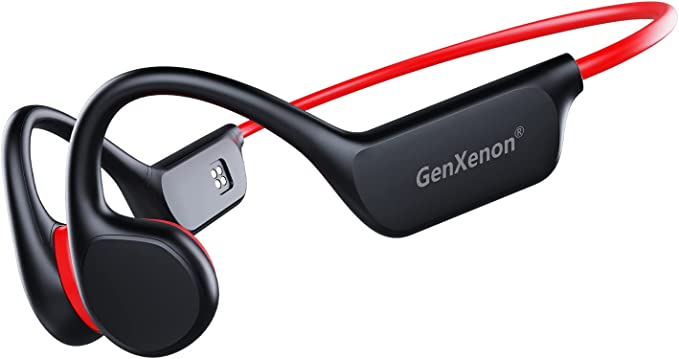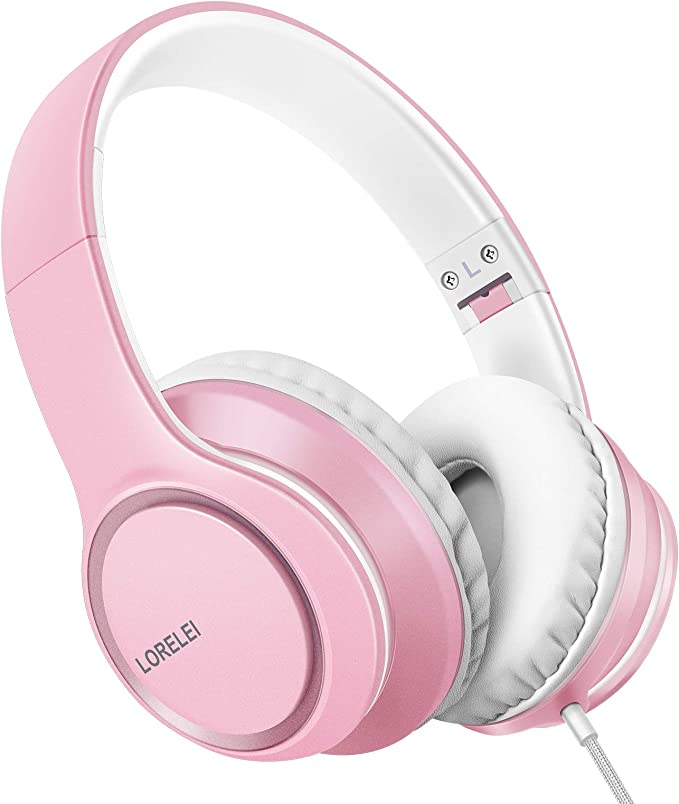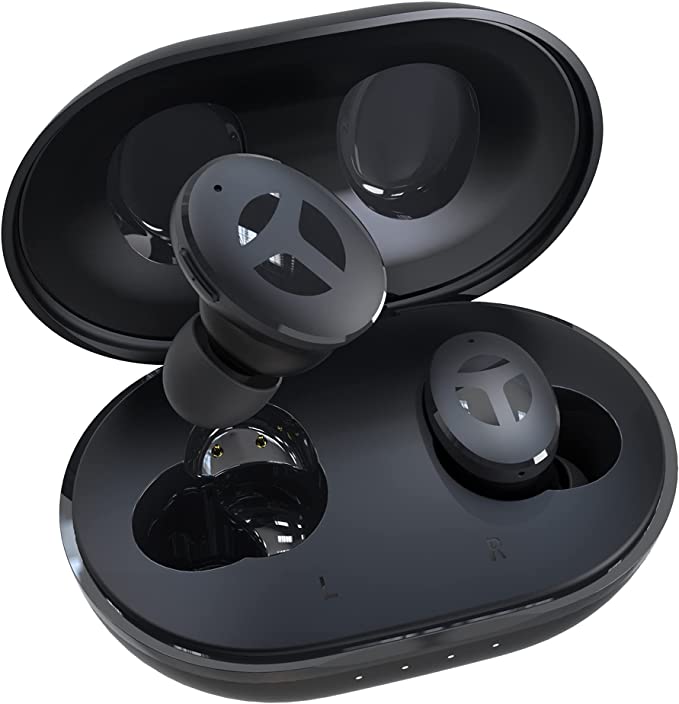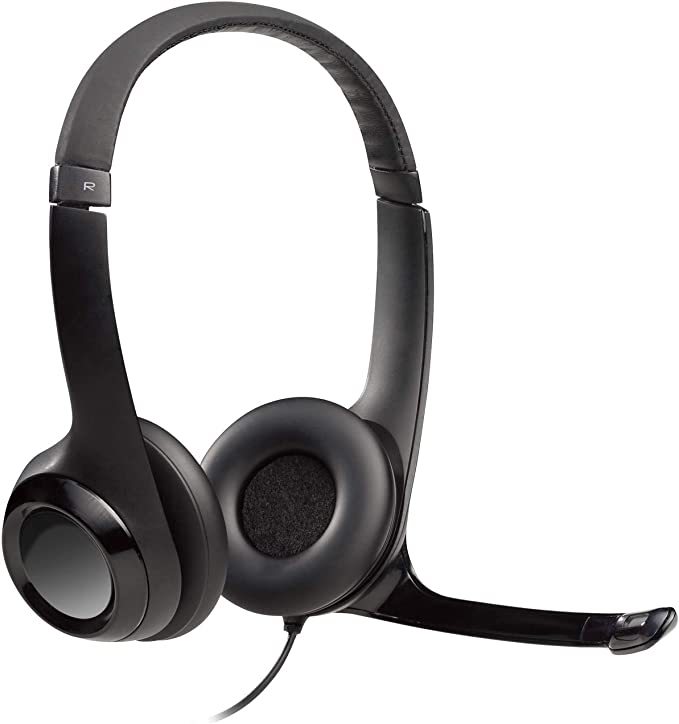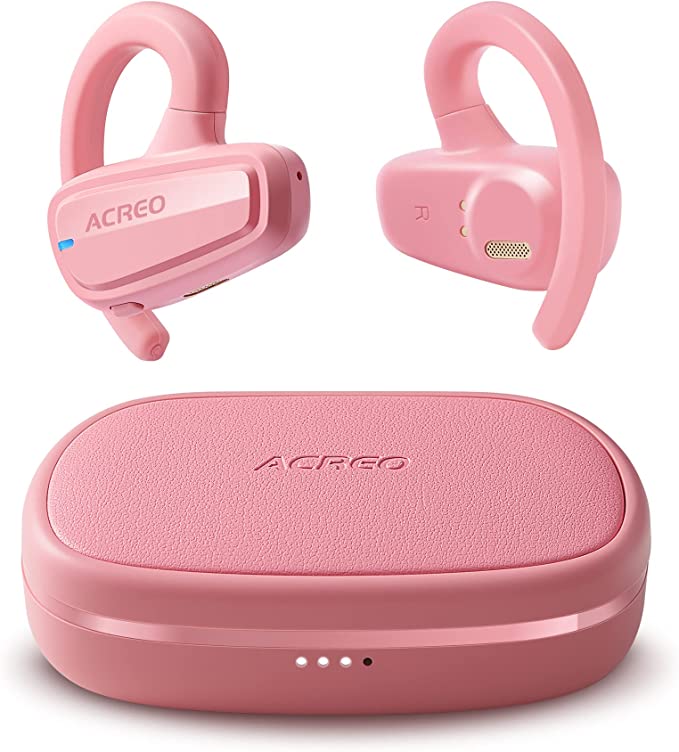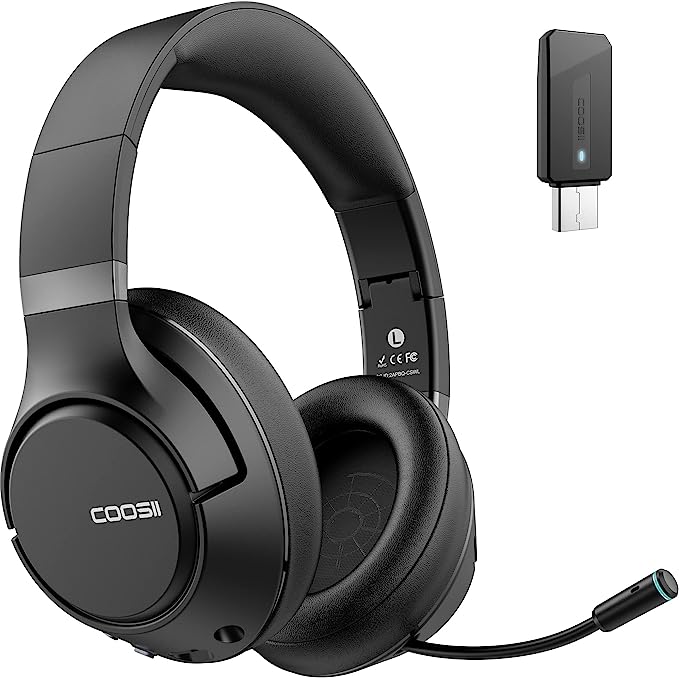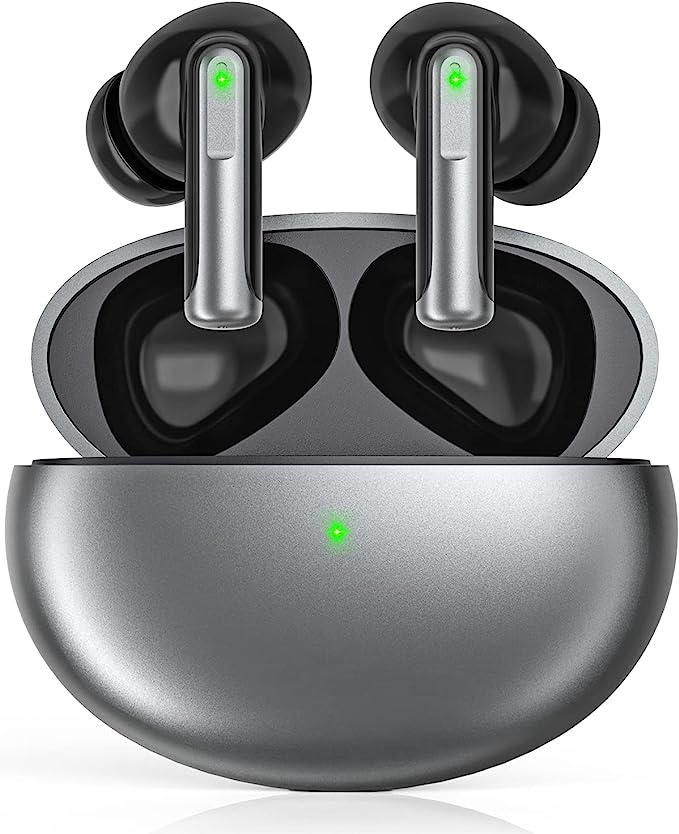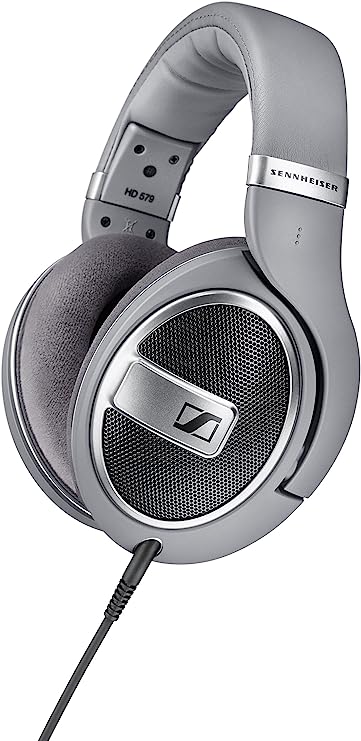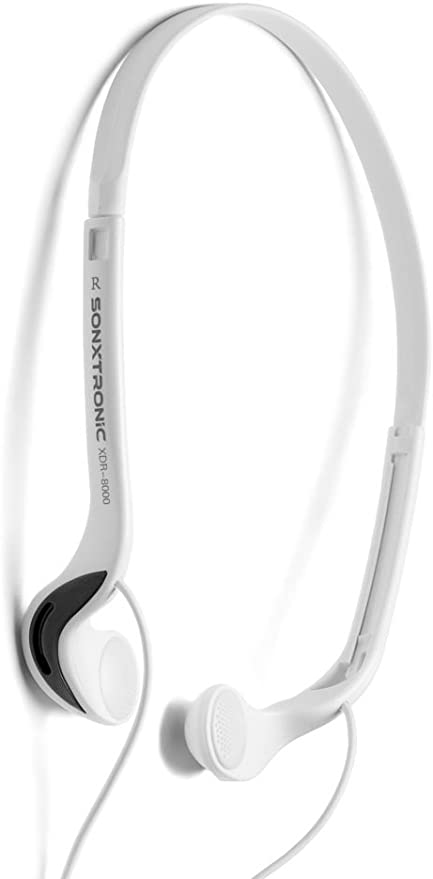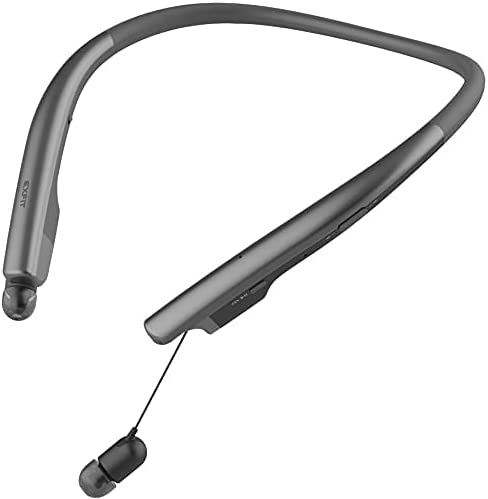The Anatomy of Affordable Hi-Fi: Decoding Drivers, Diaphragms, and Connectivity
Update on Nov. 23, 2025, 6:56 a.m.
The landscape of personal audio has shifted dramatically. Features that were once the exclusive domain of audiophile-grade equipment—exotic diaphragm materials, oversized drivers, and military-grade waterproofing—are now permeating the broader market. For the consumer, this “democratization of specs” presents a golden era of accessibility, but it also requires a new level of technical literacy to navigate. It is no longer enough to simply look for “wireless”; one must understand the components that drive the sound.
To illustrate this technological convergence, we can examine devices like the CWNOTBHY Wireless Earbuds, which serve as a compelling example of how high-performance specifications—specifically Bluetooth 5.3, 13mm titanium drivers, and IPX7 waterproofing—are being integrated into compact, daily-use form factors. By deconstructing these features, we gain a clearer understanding of what constitutes “value” in modern audio engineering.

The Physics of Sound: Why Size and Material Matter
At the core of any headphone lies the transducer, or driver—the engine that converts electrical signals into audible sound waves. Two critical factors determine a driver’s performance: its diameter and the material of its diaphragm.
The 13mm Advantage: Moving Air
In the realm of in-ear monitors (IEMs) and earbuds, driver size typically ranges from 6mm to 10mm. The CWNOTBHY earbuds, however, utilize a 13mm dual driver configuration. In acoustic physics, surface area is king when it comes to low frequencies. A larger driver can displace a greater volume of air with less excursion, resulting in a bass response that is naturally deeper and more resonant without relying heavily on digital signal processing (DSP) to artificially boost the low end. This physical advantage allows for a “Hi-Fi” experience where the sub-bass is felt as much as it is heard, providing a foundational warmth to the audio profile.
Titanium-Plated Diaphragms: The Stiffness-to-Weight Ratio
Size, however, is nothing without control. A large diaphragm runs the risk of “cone breakup,” where the material flexes uncontrollably at high frequencies, causing distortion. To combat this, engineers employ composite materials. The CWNOTBHY earbuds feature a triple-layer composite titanium-plated diaphragm.
Titanium is prized in acoustics for its exceptional stiffness-to-weight ratio. A stiff diaphragm acts like a perfect piston, moving uniformly to reproduce high-frequency transients (like the snap of a snare drum or the shimmer of a cymbal) with precision. By plating a lightweight composite with titanium, engineers achieve a sweet spot: the diaphragm is light enough to react instantly to subtle details but rigid enough to prevent distortion at high volumes. This combination is what enables the clarity often described as “layered” or “immersive” audio.

The Invisible Tether: Bluetooth 5.3 and Connection Stability
Wireless audio is only as good as the signal that reaches it. The evolution from Bluetooth 4.2 to 5.0, and now to Bluetooth 5.3, represents a significant leap in transmission efficiency and stability.
Bluetooth 5.3 introduces refinements in Periodic Advertising Enhancement and Connection Subrating. In lay terms, these technologies allow the host device (your phone) and the peripheral (the earbuds) to negotiate connection parameters more intelligently. * Latency Reduction: For gaming and video streaming, Bluetooth 5.3 significantly minimizes the delay between visual action and audio response, solving the “lip-sync” issues that plagued older generations. * Interference Rejection: In crowded RF environments like airports or gyms, where dozens of devices compete for the 2.4GHz spectrum, Bluetooth 5.3’s improved channel classification helps maintain a stable lock, preventing audio dropouts. * Power Efficiency: By optimizing the duty cycles of transmission, devices like the CWNOTBHY can achieve extended playtimes—up to 6-7 hours on a single charge—without increasing battery size or weight.

Engineering for the Elements: The IPX7 Standard
For active users, the greatest threat to electronics is not impact, but moisture. Sweat, specifically, is corrosive due to its salt content. This is where the Ingress Protection (IP) rating becomes a vital specification.
Many consumer earbuds offer IPX4 (splash proof) or IPX5 (jet proof) ratings. The CWNOTBHY earbuds elevate this to IPX7. * The Test: An IPX7 rating certifies that the device can be submerged in 1 meter of water for up to 30 minutes without harmful ingress. * The Engineering: Achieving this requires hermetically sealed acoustic chambers, hydrophobic nano-coatings on internal circuitry, and specialized membrane barriers over microphone ports.
This level of protection ensures that the device is virtually impervious to heavy rain, intense workouts, or accidental drops into puddles. It transforms the earbuds from delicate accessories into robust tools for adventure.

User-Centric Interface: Touch Control and Ergonomics
Beyond the internal components, the interaction design dictates the daily user experience. The shift towards capacitive touch controls, as seen on the CWNOTBHY model, eliminates the physical pressure required by mechanical buttons. This is particularly important for in-ear designs, where pressing a button can uncomfortably jam the tip deeper into the ear canal.
Furthermore, the ergonomic contouring—keeping the weight to a mere 4 grams per earbud—leverages the anatomy of the outer ear (the concha) to secure the device. This passive mechanical stabilization is crucial for maintaining a consistent acoustic seal, which in turn preserves the bass response generated by those 13mm drivers.

Conclusion: The Convergence of Performance and Accessibility
The progression of audio technology follows a familiar arc: innovation begins at the high end and gradually permeates the mainstream. The CWNOTBHY Wireless Earbuds stand as a testament to this cycle. By integrating 13mm titanium-plated drivers for superior acoustic fidelity, employing Bluetooth 5.3 for robust connectivity, and engineering to the IPX7 standard for durability, they illustrate that high-performance audio specifications are no longer gatekept by premium price tags. For the informed consumer, understanding these underlying technologies is the key to finding audio gear that punches well above its weight class.
